When entire neighborhoods are built at once, builders often rely on cost-effective materials and standardized features to keep construction moving and profits high. While this approach helps streamline the process, it can also leave entire communities filled with the same basic design flaws and outdated materials. Over time, these builder-grade choices start to show wear faster and can drag down curb appeal, buyer interest, and even long-term property values. The problem isn’t just inside individual homes—it affects the marketability of the entire block. Here are 15 builder-grade features that could be quietly diminishing home values, one street at a time.
1. Hollow-Core Interior Doors
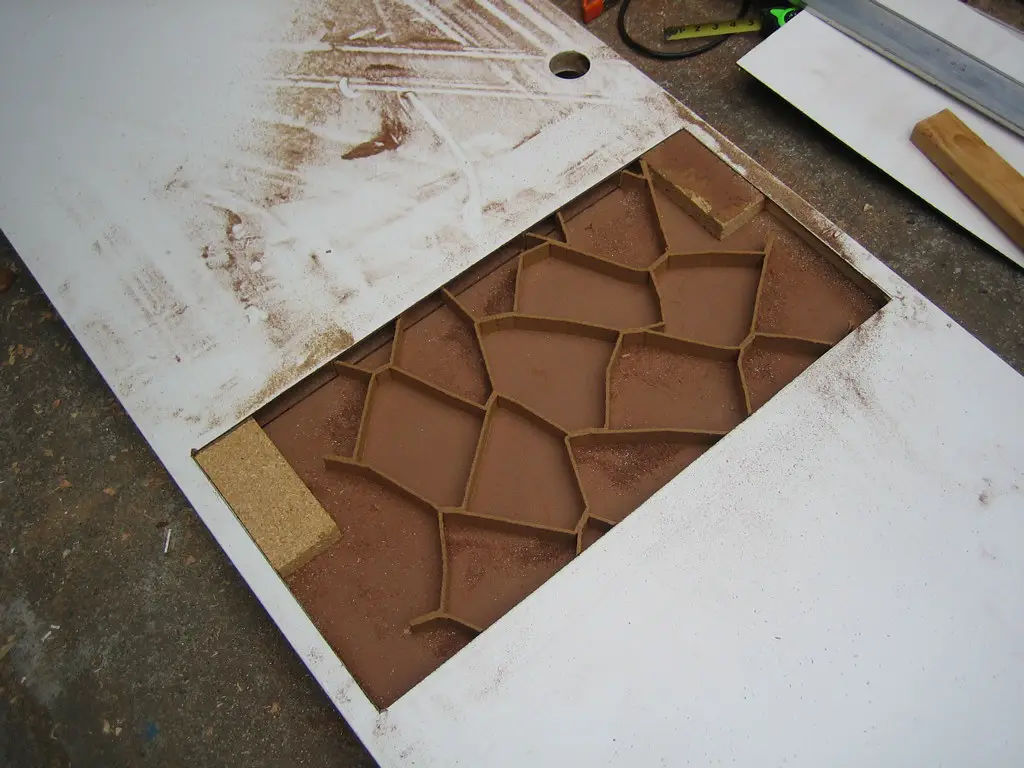
Hollow-core doors are lightweight and inexpensive, making them a go-to choice for many builders, says Pro Builder. But over time, they dent easily, offer little sound insulation, and can feel flimsy compared to solid wood alternatives. In neighborhoods where these doors are standard, buyers may perceive the entire home as cheaply made. The lack of durability becomes obvious after just a few years of use.
Because they’re so common, homeowners don’t always realize how much they detract from the home’s perceived quality. Replacing them with solid-core or panel doors can dramatically boost both comfort and value. Real estate agents often note these doors as a detail that affects first impressions. A block full of homes with these doors suggests corners were cut across the board.
2. Laminate Countertops
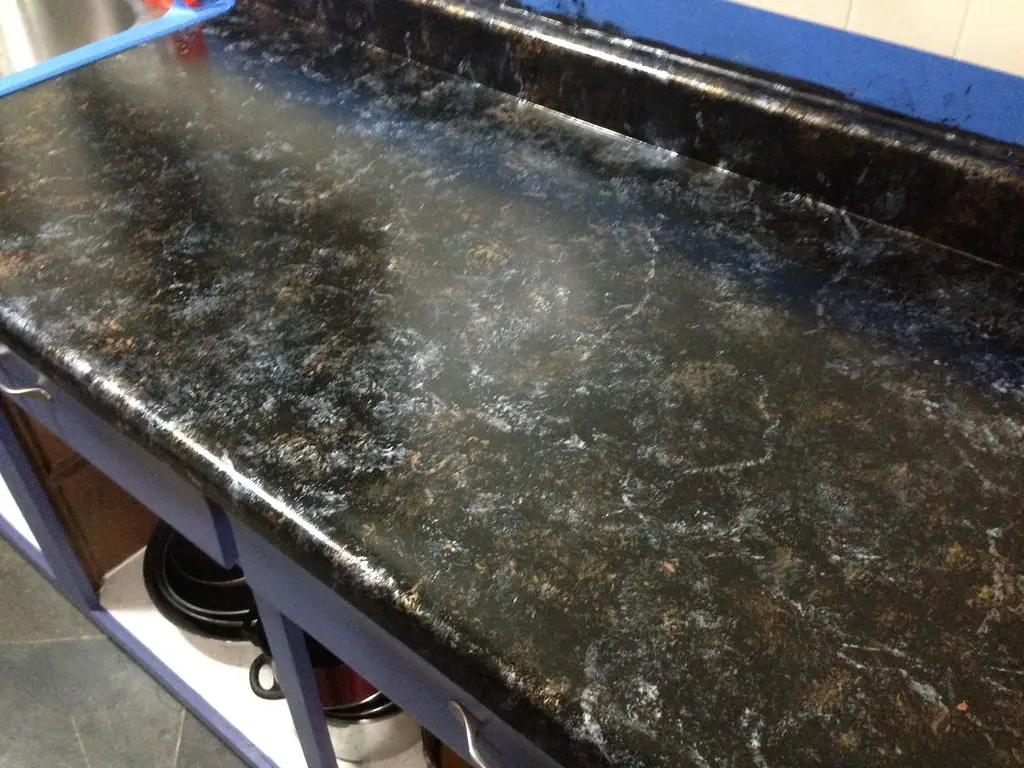
Laminate counters were once considered an affordable luxury, but in today’s market, they’re widely viewed as outdated. According to HGTV, they scratch and peel easily, especially around water-prone areas like sinks and dishwashers. In neighborhoods where granite or quartz isn’t the norm, homes can appear stuck in another era. Potential buyers may factor in the cost of upgrades when making offers—or walk away altogether.
This issue compounds when every house on the block has the same dated finishes. Even if a home is otherwise well-maintained, laminate countertops can drag down perceived value. In competitive markets, this kind of visual cue makes buyers second-guess the quality of the entire build. Builders who skipped stone now face long-term consequences.
3. Basic Vinyl Flooring

Builder-grade vinyl flooring is chosen for affordability and ease of installation, says The Spruce, but it often shows wear quickly. It scratches, discolors, and curls at the edges with regular foot traffic. In large developments, entire streets can feature identical low-end vinyl, aging at the same pace and looking uniformly tired. That lack of variation can make neighborhoods feel worn out faster than expected.
Upgrading to luxury vinyl plank (LVP) or hardwood creates an immediate visual improvement and adds value. But when homeowners stick with the original flooring, home prices in the area may stagnate. Real estate agents often cite flooring as a top reason buyers are turned off. One weak spot in a home’s interior can cast doubt on the entire property.
4. Faux Wood Cabinets
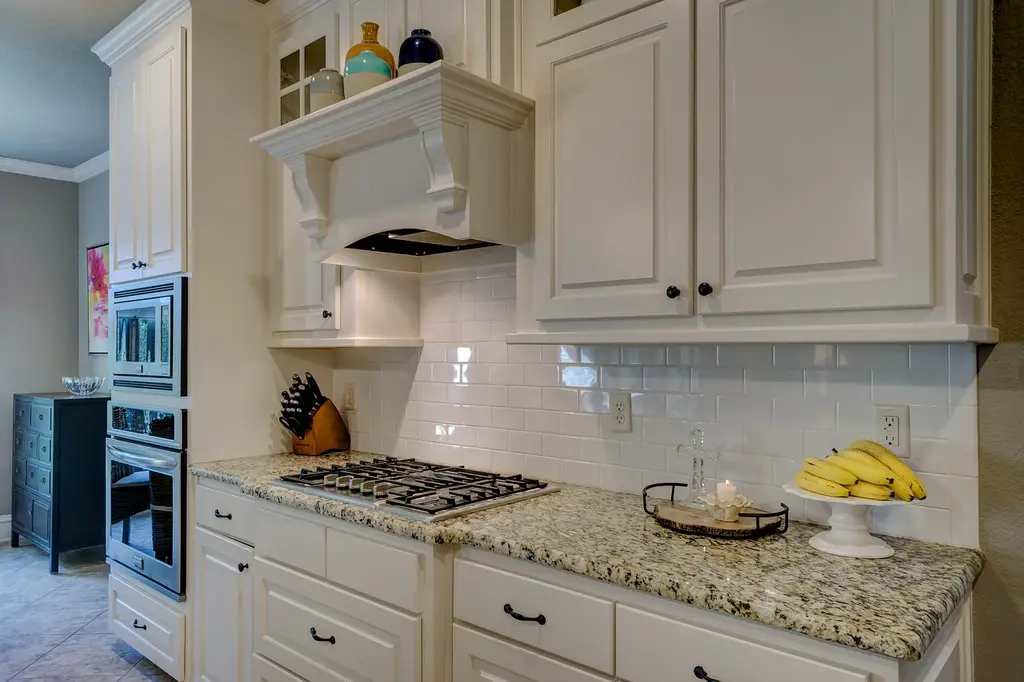
Many builder-grade kitchens come with particle board cabinets wrapped in thin veneer designed to mimic wood grain, notes Lamont Bros. These materials chip, bubble, and warp over time—especially in humid climates or with heavy use. Once that veneer begins to peel, the entire kitchen can look dated and neglected. And when every home in a neighborhood shows the same wear, it affects resale value for everyone.
Cabinet upgrades are costly, so many homeowners delay replacement—especially in large communities where they don’t want to over-improve for the area. But that creates a vicious cycle: homes stay stuck with the same visual deficiencies, dragging down appeal. Buyers see cookie-cutter kitchens and mentally calculate renovation costs. The result? Lower offers and less neighborhood appreciation.
5. Brass Light Fixtures

Polished brass light fixtures were once a builder favorite, offering a pop of shine at a low price. But tastes have shifted, and brass is now often associated with the 1990s. In developments where these fixtures were installed across every home, the overall aesthetic can feel dated even if the homes themselves are newer. They also clash with more modern updates, making renovations harder to unify.
Worse, brass fixtures tend to tarnish and lose their luster over time, creating a worn look that’s visible from the moment a buyer steps inside. Swapping them out is relatively inexpensive, but when no one does, the problem compounds. Entire blocks can end up looking stuck in the past. Even subtle design details like this can influence how buyers perceive a neighborhood.
6. Textured Ceilings

Popcorn ceilings were once a cheap way for builders to hide imperfections and speed up finishing work. But today, they’re a red flag for buyers, who often see them as outdated or even a potential health hazard if asbestos was used. In communities where every home has textured ceilings, the entire area can feel trapped in a bygone era. They also make lighting upgrades and repainting more difficult.
Removing popcorn texture is messy and expensive, so many homeowners avoid it. But that decision means a whole block can look like it’s stuck in the 1980s. Even when the rest of the home is modernized, those ceilings stand out. One outdated ceiling feature can anchor the perceived value of an entire neighborhood.
7. Builder-Grade Paint

Flat builder-grade paint is cheap and quick to apply, but it doesn’t hold up well under real-life conditions. It marks easily, shows every scuff, and doesn’t clean well, forcing many homeowners to repaint within a year or two. In neighborhoods where every home used the same paint, walls often age uniformly and visibly. That sameness can create a feeling of worn-down uniformity.
Buyers walking through open houses often notice fingerprints, stains, and faded hues. Even if they plan to repaint, it leaves a negative first impression. Upgraded paint finishes and custom colors add personality and polish. But if no one on the block makes the leap, the area feels builder-basic and low quality.
8. Cheap Hardware and Fixtures

Lightweight door handles, plastic towel bars, and wobbly faucets are common in builder-grade homes. These pieces often loosen or break within a few years, especially with daily use. When entire communities were built using the same cheap fixtures, homeowners face the same repair issues at the same time. The result is a wave of properties with visible wear that drags down neighborhood appeal.
Swapping in higher-quality hardware is a relatively low-cost upgrade that pays dividends. But if neighbors don’t make the change, it can be hard for any one home to stand out. Buyers tend to evaluate homes in context—and if every property feels cheap, it becomes harder to command top dollar. Small upgrades matter when they’re missing en masse.
9. One-Zone HVAC Systems

To cut costs, builders often install single-zone HVAC systems even in multi-level homes. That means bedrooms upstairs may be sweltering while downstairs remains cool. Over time, this causes homeowners to use inefficient fixes like window units or space heaters. When buyers see these workarounds, it signals a larger design flaw.
Entire neighborhoods built this way suffer from the same climate control issues. Retrofitting dual-zone systems can be expensive and complicated. As a result, the comfort of entire blocks suffers—and so does resale value. Energy-conscious buyers may pass over these homes entirely.
10. Narrow Driveways
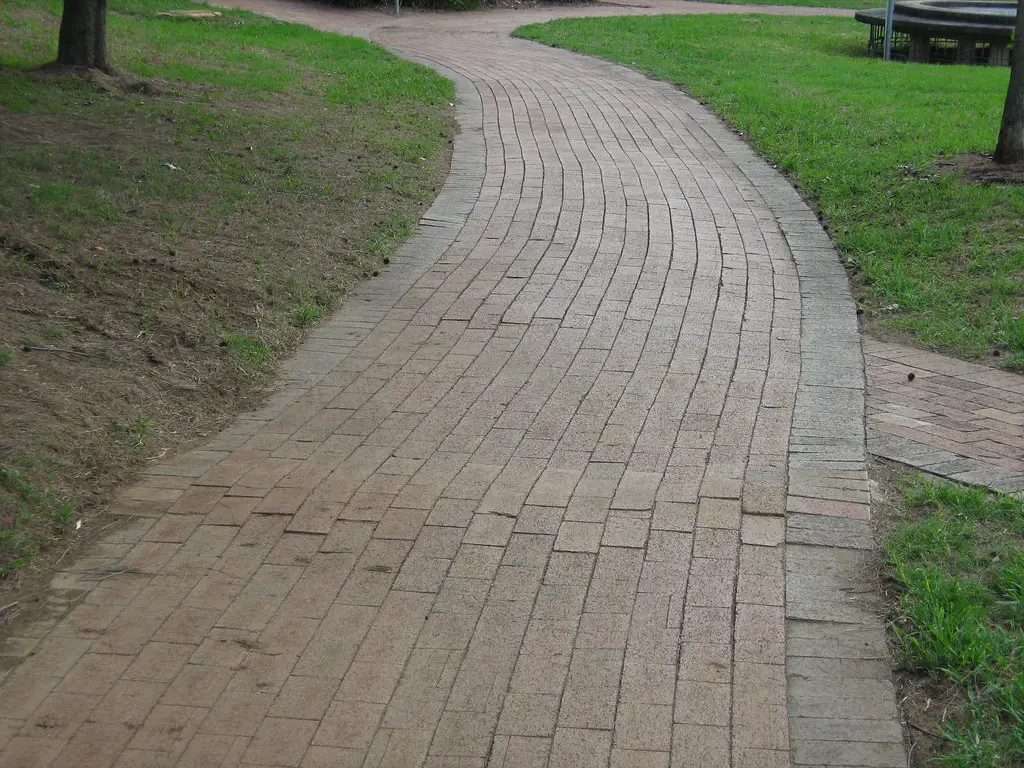
In many planned communities, builders squeezed homes onto narrow lots, resulting in small, shared driveways or limited parking. This often forces homeowners to park on the street or in awkward tandem configurations. It creates congestion and frustration, especially in households with more than one car. Over time, that inconvenience becomes a major strike against the neighborhood.
Visitors and potential buyers notice these tight conditions immediately. They may worry about long-term livability or guest parking options. The issue worsens if the HOA restricts street parking. A lack of practical parking can shave thousands off perceived home value.
11. Basic Landscaping Packages

Builder landscaping usually includes a patch of grass, a couple of shrubs, and maybe one tree—all planted for speed, not sustainability. These minimal efforts often fail to thrive or suit the local climate. As the years pass, entire blocks can look sparse or brown if homeowners don’t invest in upgrades. That uniform barrenness reduces curb appeal across the board.
When every yard looks underwhelming, the whole neighborhood appears less desirable. Mature trees and thoughtful landscaping can raise home values—while generic lawns do the opposite. Real estate agents know that curb appeal sells, and bland yards are a deal-breaker for many. Builder-grade landscaping often sets a low bar that’s hard to overcome.
12. Small Bathtubs and Showers
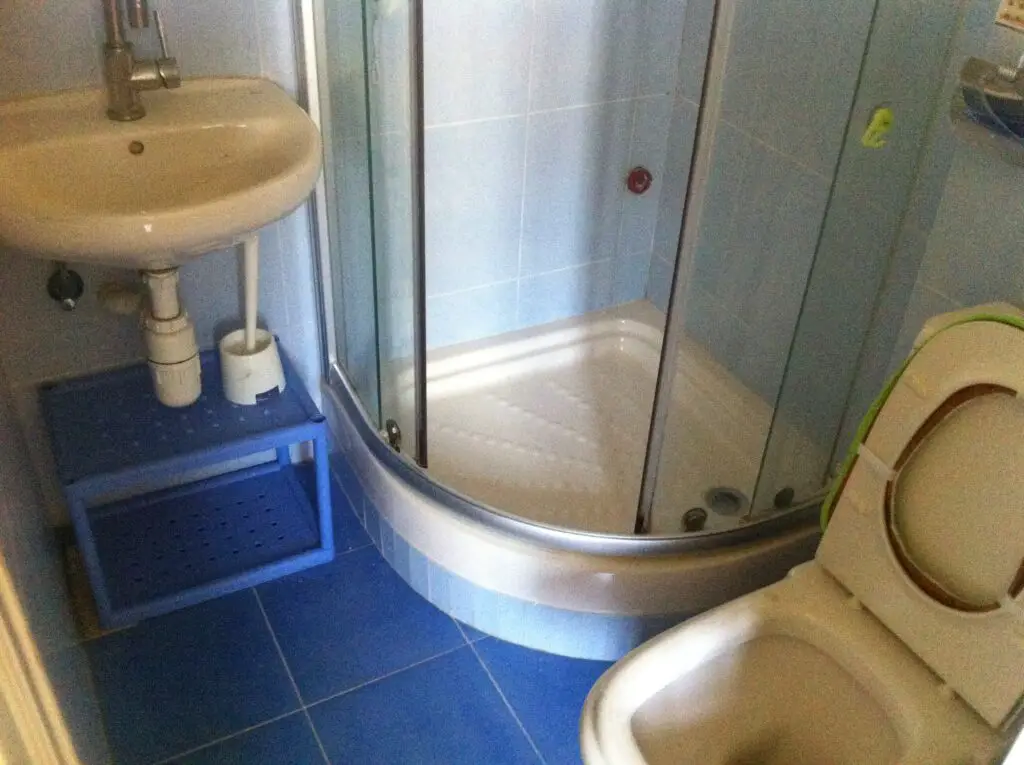
To save space and money, builders frequently install compact bathtubs and shallow fiberglass showers. These units often crack or stain over time, and they don’t match modern expectations for comfort or luxury. Buyers today want soaking tubs or tiled walk-in showers. When a block full of homes has cramped bathrooms, it limits appeal across the board.
Upgrading requires major renovation, so few homeowners take on the cost. That means these outdated features linger, becoming a shared neighborhood drawback. Bathroom upgrades consistently deliver high ROI, but their absence is equally noticeable. A sea of builder-basic bathrooms can anchor prices below potential.
13. No Overhead Lighting
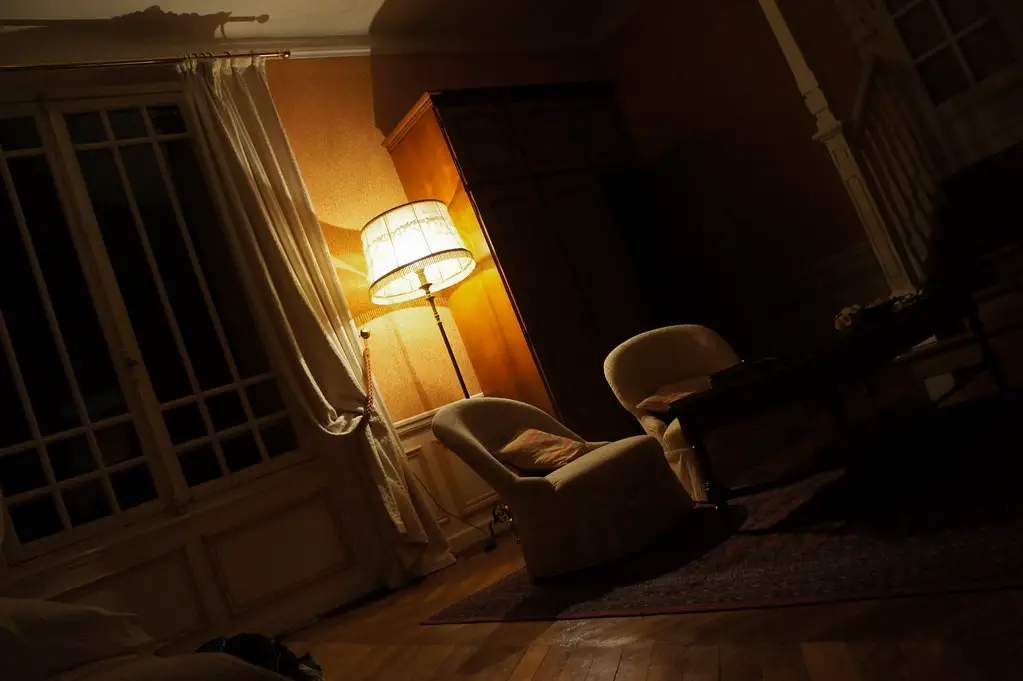
In many builder-grade homes, overhead lighting is only installed in kitchens and bathrooms. Bedrooms and living rooms are left with switched outlets for lamps—a choice that feels outdated and inconvenient. This design decision frustrates homeowners and limits how spaces can be furnished. When entire communities follow this model, homes feel dim and incomplete.
Buyers often request overhead lighting during showings, and its absence makes the property feel less finished. Retrofits can be expensive and invasive. Lighting is a functional and aesthetic need—and when it’s missing, buyers take notice. A block of dark houses rarely shines in the market.
14. Basic Thermostats
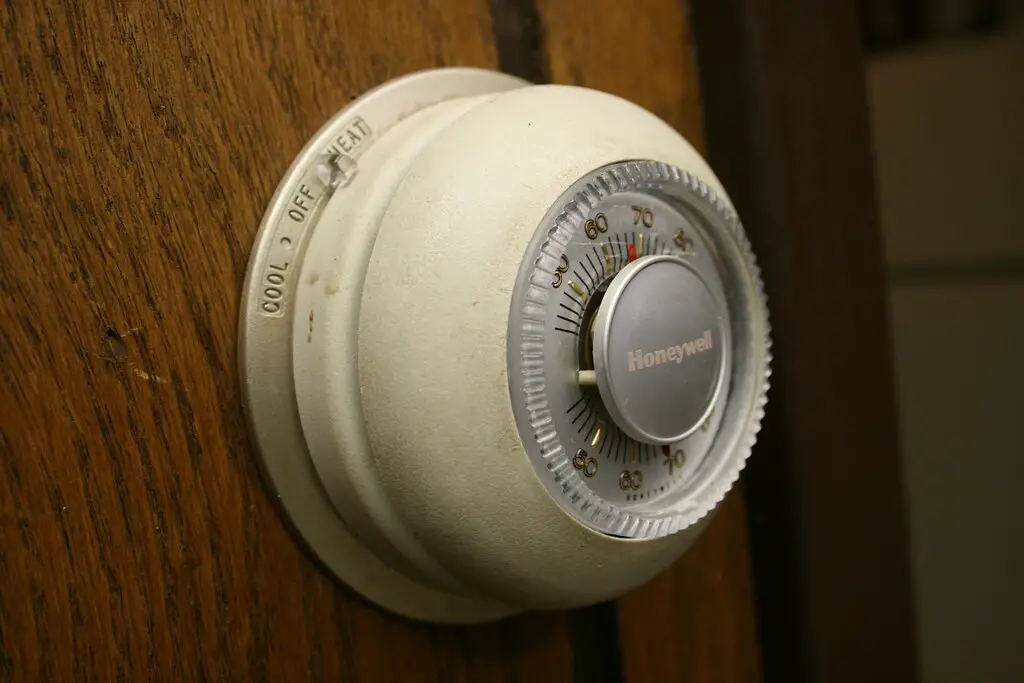
Simple dial or push-button thermostats were a default for many builder-grade homes before smart devices became popular. These units are less energy-efficient and don’t allow for flexible scheduling or remote control. In blocks where every home still relies on them, buyers may perceive a tech gap. That can be a turnoff for younger or eco-conscious buyers.
Upgrading to smart thermostats is a small investment with big returns in comfort and savings. But when no one in the neighborhood does it, the area can seem behind the times. Today’s buyers often expect tech-savvy homes, especially in newer developments. A lack of basic upgrades can quickly become a strike against the whole street.
15. Uninsulated Garage Doors
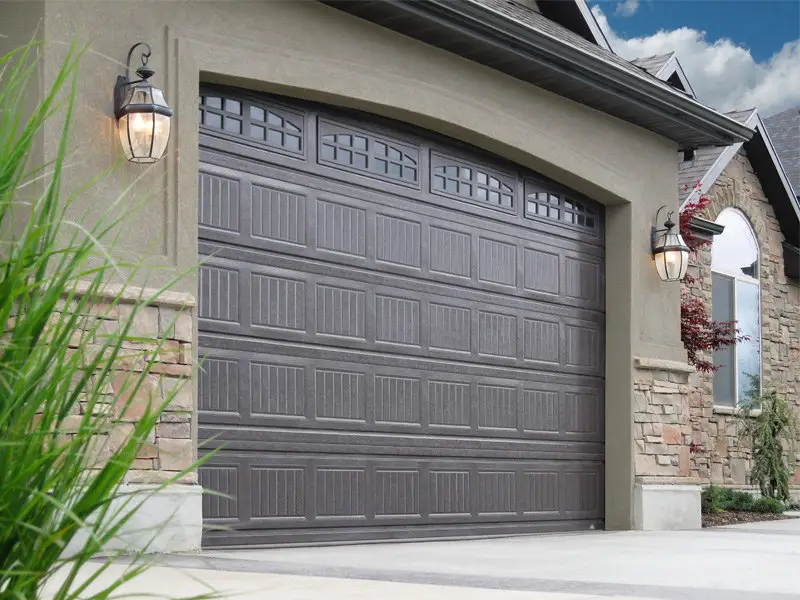
Many builder-grade homes feature thin, uninsulated garage doors that let in heat, cold, and noise. This makes garages uncomfortable year-round and affects adjacent living spaces. Over time, paint peels, dents accumulate, and the doors become an obvious weak spot. When every home on the block shares the same issue, the problem becomes a shared liability.
Insulated upgrades improve energy efficiency and appearance, but they’re not a common priority. As a result, entire neighborhoods are left with aging, unattractive doors. First impressions count, and worn garage doors drag down curb appeal. A small choice during construction ends up limiting value years down the line.
